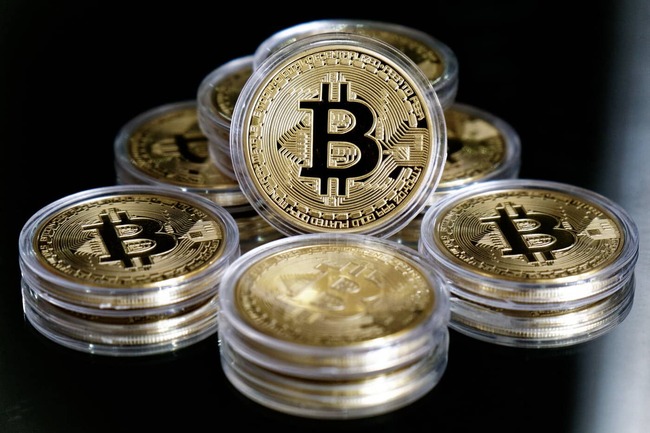Ripple (XRP) Braces for Deep Correction in September as Analysts Predict 7000% Gains for This Crypto
September is proving to be a turbulent month in the crypto market, with Ripple (XRP) in question as analysts fear it could see a deep correction in the future. In all this commotion, Mutuum Finance (MUTM) is shaping up as a major player that investors are starting to look at, as projections are pointing at a staggering 7,000% potential rise going forward. MUTM is at its sixth stage of presale and will increase by 14.29 percent to $0.04 in the following stage. The project has already collected more than 15.3 million dollars and registered over 16,000 investors. XRP sails through uncertain times, but the focus is turning to new DeFi project Mutuum Finance, which will transform the market mood and money flows in this season.
XRP Price Analysis
Ripple (XRP) is trading at $2.73, and it is down as compared to the prior close. The cryptocurrency has fallen 4% in the last 24 hours and is probing key supportive regions at $2.80. Analysts opine that unless XRP can hold on to its position at $2.77 it may experience further decline, possibly down to $2.50-$2.60. Nevertheless, certain projections are still positive, projecting a recovery to as high as $3.70 given that XRP is able to reach back to the $3.00 resistance point.
Moving closer to the scope of the emerging trends in the crypto market, new projects such as Mutuum Finance (MUTM) are being considered, which can provide an alternative investment option as the market environment changes.
Presale Momentum
The presale of Mutuum Finance continues to gain traction. Stage 6 tokens are priced at $0.035 and the price of the Stage 7 will increase by 14.29 percent to $0.04. The investor demand is also strong, and the sum of money collected is more than $15.3 million, and the number of token holders has exceeded 16,000, which makes MUTM one of the strongest competitors in the DeFi sector.

Community Giveaway and Leaderboard Rewards $100,000
Mutuum Finance has also introduced a giveaway worth $100,000 as a way to attract its growing community, where 10 users will win $10,000 in MUTM tokens. Moreover, the 50 leading token holders can receive additional reward in the form of a special leaderboard program.
$50,000 Bug Bounty Program
Mutuum Finance is also conducting a bug bounty program of $50,000 USDT in collaboration with CertiK. To contribute to ensuring the security and reliability of the platforms, participants can receive rewards by discovering vulnerabilities that can be separated into four groups: critical, major, minor, and low.
Oracle Infrastructure and Price Discovery
Mutuum Finance is an example of a project that uses strong oracle to calculate fair market prices. Chainlink data feeds will connect to accurate valuation of USD and native assets including ETH, MATIC, and AVAX. Other risk mitigation features such as fallback oracles, aggregated feeds, and on-chain DEX statistics such as time-weighted average prices provide the correct and timely pricing needed to support collateral management and liquidation procedures.
Mutuum Finance (MUTM) is rapidly becoming the solution to consider in the current market turmoil, particularly with Ripple (XRP) about to experience a correction. Stage 6 presale tokens cost will be at 0.035 and Stage 7 will increase by 14.29% to cost $0.04, allowing early investors the best opportunity to enter. The project has already acquired more than $15.3 million and attracted 16,000+ investors which is a strong indicator of confidence in the market. MUTM is a combination of security, innovation, and scalability supported by a $50,000 CertiK bug bounty, a $100,000 community giveaway, and a dual Peer-to-Contract and Peer-to-Peer lending model.
As XRP floats around $2.73 and tests significant support levels, Mutuum Finance presents investors with a high-growth DeFi option where 7,000% returns can be projected by the first to invest. Get tokens at the presale before the next stage raises the price.
For more information about Mutuum Finance (MUTM) visit the links below:
Website: https://mutuum.com/
Linktree: https://linktr.ee/mutuumfinance
You May Also Like
When the capital flywheel stops, how can DAT survive the collapse?

CoreWeave once again proposes to acquire Bitcoin mining company Core Scientific
